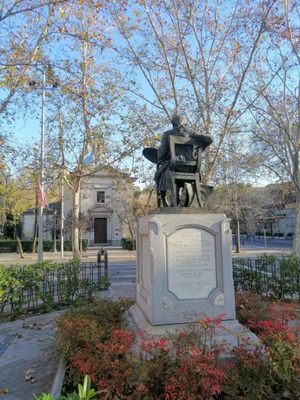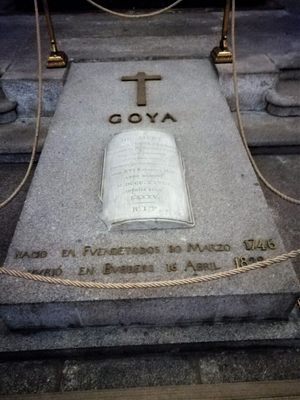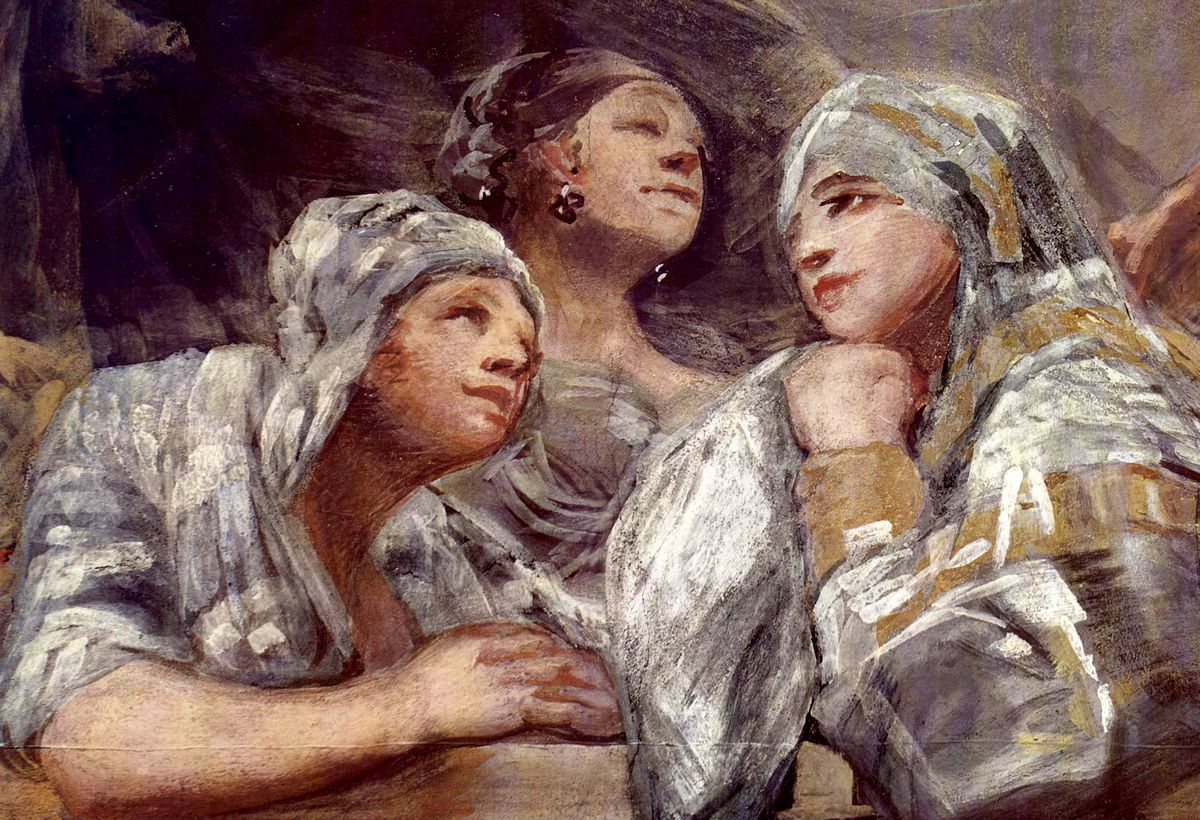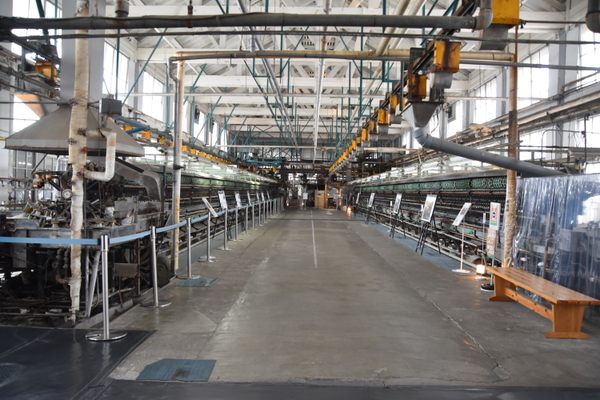About
The hermitage dedicated to Saint Anthony of Padua is a work by 18th-century Italian architect Filippo Fontana. The work was commissioned by King Carlos IV, as he wanted to use it as a royal chapel during his stay in the nearby Florida palace.
As proof of its importance, the king himself laid the first stone in 1792. The simple Neoclassical building with a Greek floor plan was completed in 1798. What makes this temple a treasure is its interior, especially the frescoes that decorate the inside. They were painted by Goya in collaboration with his disciple and friend Asensio Juliá, between June and October 1798. Thanks to strategically placed mirrors, visitors can admire the miracle of Saint Anthony of Padua that occurred in the saint's hometown of Lisbon.
The frescoes on the dome showcase the saint and other main figures. Other characters, representative of the people of Madrid as majas or chisperos, leaning on a trompe l'oeil railing.
To preserve the frescoes, a hermitage symmetrical to the previous one was built in 1928 right next to it, where worship could be practiced leaving the original reserved as a museum. In 1919, it was decided to transfer Goya's body to the hermitage.
Related Tags
Know Before You Go
Access: By train or tube. Principe Pio: Lines 6,10 and R. Admission: free
Published
July 22, 2022




















































